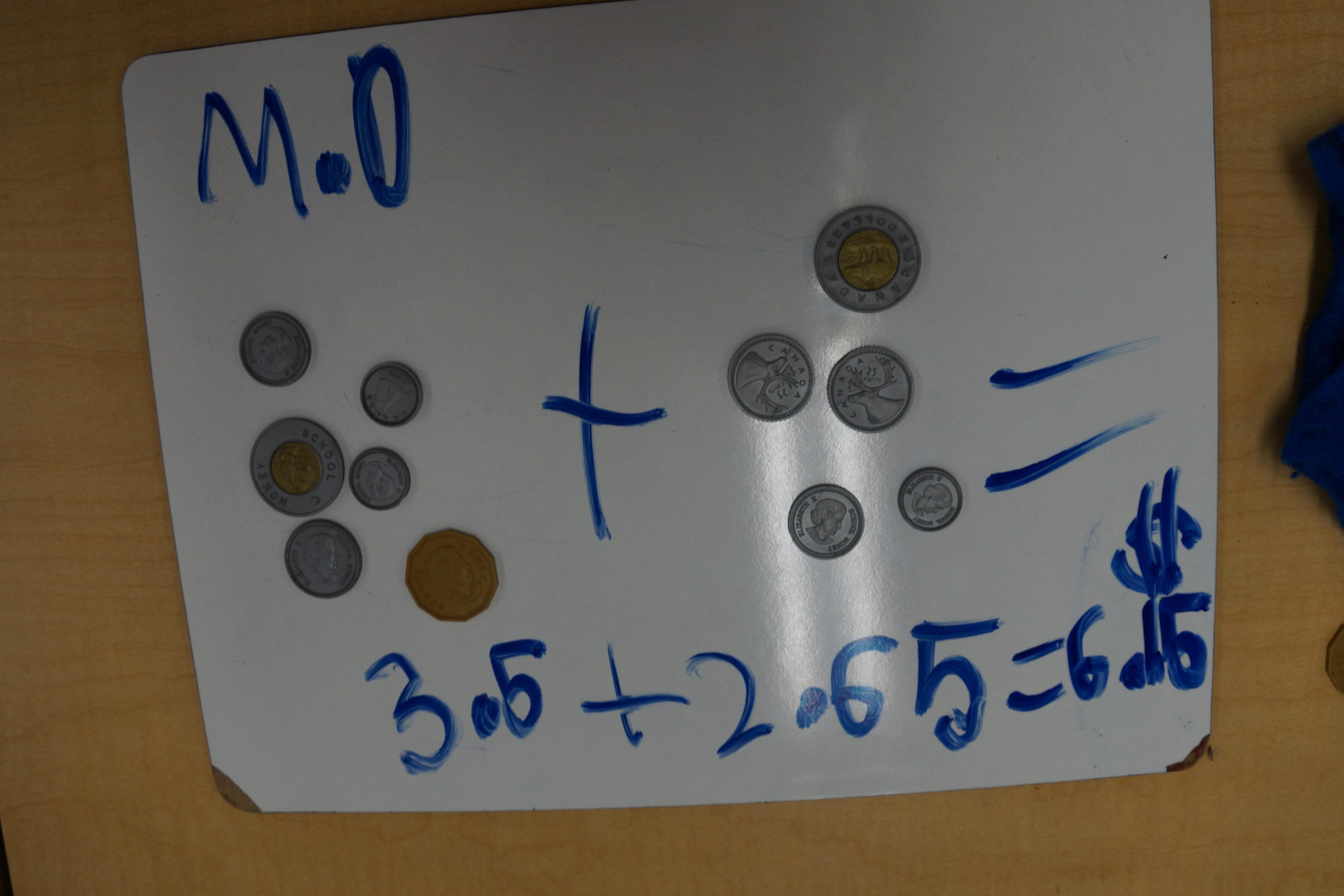My EDUC 490 practicum, which took place in a grade 5/6 class with diverse needs and abilities, was a rich learning opportunity that helped to shape my pedagogy and practice. At the outset of the practicum, I set out to better differentiate my teaching for the students themselves, which was something I had been working on at the end of my last practicum in March 2020. In the four weeks of the November and December 2020 practicum, I got to know my students’ strengths, learning styles, and exceptionalities. This allowed me to adapt lessons to maximise students’ conceptual mastery and to ensure that each student was able to participate in the learning in a way that worked for them. I especially focused on doing this for a few students who I noticed were struggling with various things. I was able to modify reading, writing, and math activities for students’ particular needs, helping students to better engage with the material. This work reflected the BC Teachers’ Council Standards 1, 3, and 5, allowing me to increase all students’ success, apply understandings of student development, and effectively plan for student diversity. It was important to learn to better differentiate my teaching in order to teach in a way that is universally accessible and ensures the universality of student success. I feel empowered in having learned to do so, and will continue this planning for differentiation in my future work with students.
I also set myself a goal, early in my practicum, to improve my assessment skills. In my first practicum last spring, assessment often felt like an afterthought, like something added on at the end of my lesson plan because there was a field for it. This year, after exploring assessment in our Assessment and Motivation class, I set out to ensure that assessment was at the forefront of my planning. I worked, throughout this practicum, to plan and conduct meaningful, reliable, centralised assessment that allowed students to reflect where they were at within the learning continuum in a way that was familiar to them, from the work that we did previously. This resulted in creative financial literacy assessments where students used play coins to create and solve problems using decimals, in the same format that they had previously practiced. It resulted in often putting assessment criteria on the board at the beginning of lessons, and then following through by ensuring that what I marked was what I had told the students was the learning outcome. This allowed me to feel confident that students were able to show what they knew, and that assessment was a meaningful, reliable indicator of their learning. It was not tokenistic, it was not a surprise, and it was a pleasure to conduct—in contrast to the dreaded assessment work of my first practicum. This was important in demonstrating my competency within Standard 5, which states that educators must implement effective planning, instruction, assessment and reporting practices to create respectful, inclusive environments for student learning and development. It also demonstrates my competency within Standard 2, that educators act ethically and maintain the integrity, credibility, and reputation of the profession. By privileging assessment within my planning and ensuring the reliability and accuracy of my assessment, I demonstrated my professional skills.

Similarly, another area that I improved in within this practicum experience was being clear with expectations, learning standards, and what I wanted students to do. I accomplished this by outlining each lesson, explaining why we were doing it (which was especially needed by one avid questioner in my class—she helped me immensely with this!), putting assessment criteria on the board, and incorporating guided practice and modelling into my teaching. This reflected both Standards 5 (again) and 7, where educators are expected to engage in professional learning. My Coaching Teacher helped me to become better at creating clarity of expectations, explaining why this particular class especially needed it and encouraging me through guiding questions and formative feedback on my lesson plans.
In my longer 2021 practicum, I will set out to continue improving and honing my differentiation skills, working toward empowering self-directed learners, and better incorporating my students’ families and communities in my teaching, which was challenging this practicum due to COVID-19. I would also like to focus on improving my teaching of mathematics and physical education. I do not feel very confident about either, and need to better learn Carole Fullerton math and learn how to teach physical education, as we did not learn any physical education during our combined art-physical education course (it was only art education).